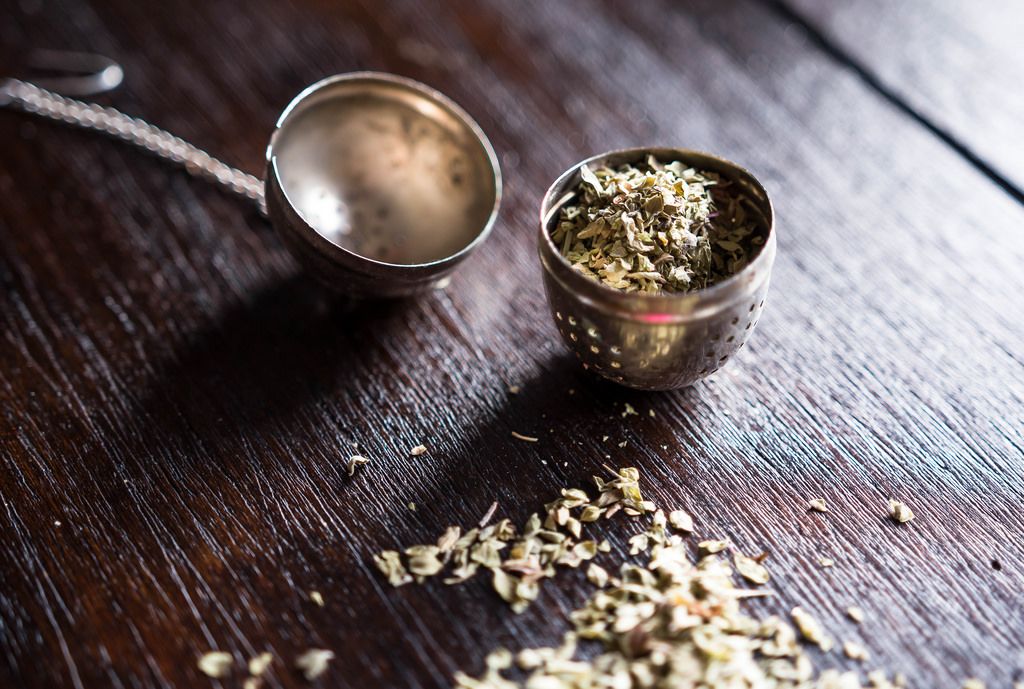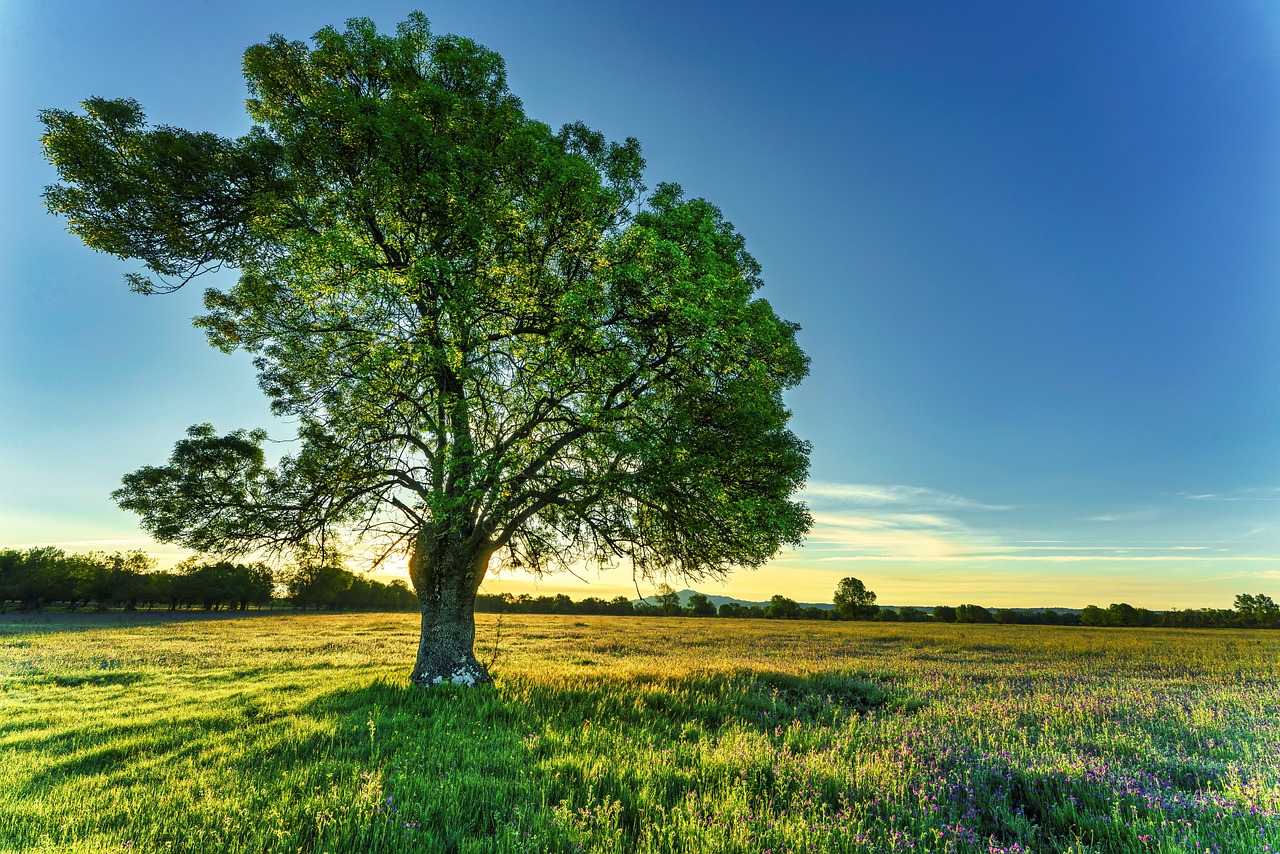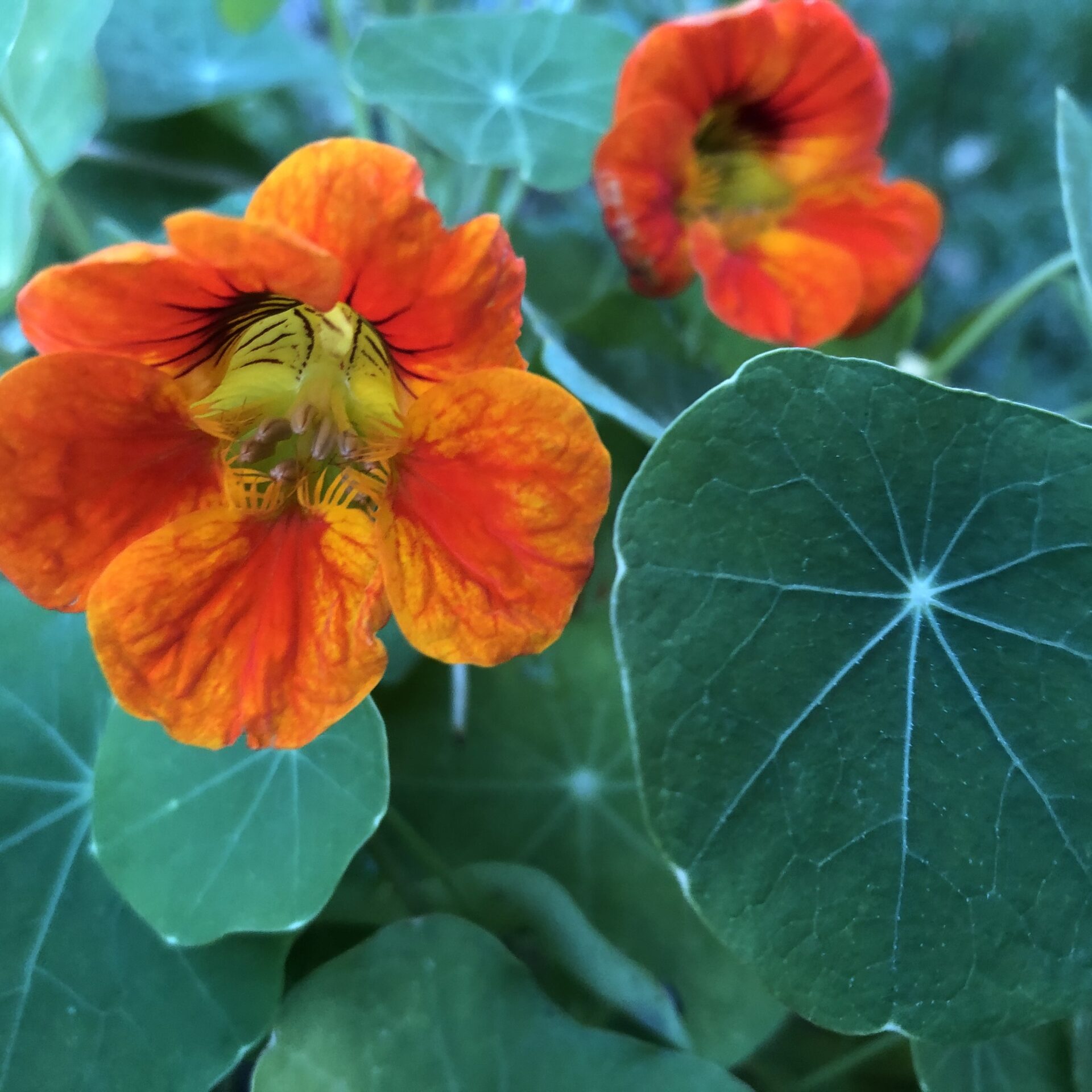As Herbalists and Plant Lovers, Botany is an important aspect of our herbal studies. This branch of biology focuses on our green friends as Botany involves the study of the structure of all plant life. Sometimes, matching the terminology to plant part can appear confusing. Essentially, all you really need to know is while plants are made up of the same elements, they’re put together and called something different. This beginners guide to botany aims to start you off on a journey to discover one of the world’s oldest natural sciences.
Botany Basics
Our love of plants goes back as far as human history itself! Ancient ancestors understood that they were part of a larger, natural world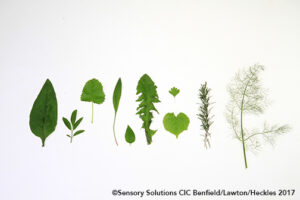 whereby plants provided them with food, medicine, spiritualism, and other basic needs. Plant life does wondrous things from providing habitats for animal species to giving us oxygen. To understand the world, we must also understand the plant world within which we live. Learning how to identify the different types of plants helps us discover how plants work and show appreciation for what they do for our lives.
whereby plants provided them with food, medicine, spiritualism, and other basic needs. Plant life does wondrous things from providing habitats for animal species to giving us oxygen. To understand the world, we must also understand the plant world within which we live. Learning how to identify the different types of plants helps us discover how plants work and show appreciation for what they do for our lives.
Of particular interest is morphology and anatomy: the study of plant structures. Plant morphology or phytomorphology is the study of the physical form and external structure of plants, how they grow and look structurally. What we refer to as Plant Anatomy, is the study of the internal plant structure, mostly at the cellular/microscopic level.
Plant Families
A brilliant way to start familiarising yourself with herbs is to start with learning about plant families to help you get a broad view of this vast topic. Like human families, plants are categorised into families too. Plant families are created according to similarities between plants.
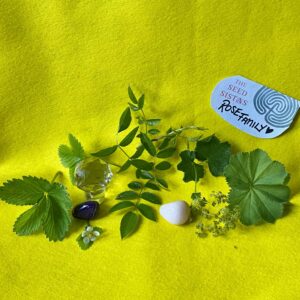 These similarities are generally structural. For example, the flower formation, seed structure and reproductive methods. Alternatively, they can link to similar constituent make-up. Usually, plant families will have visual similarities and it doesn’t take long to start recognising some of those key features in the major plant families.
These similarities are generally structural. For example, the flower formation, seed structure and reproductive methods. Alternatively, they can link to similar constituent make-up. Usually, plant families will have visual similarities and it doesn’t take long to start recognising some of those key features in the major plant families.
For instance, the mint family contains herbs that are usually aromatic (containing relatively lots of volatile oils), square stems, and those special flowers particular of the mint family with the fused petals overhanging from above (not a botanical term, but they also usually have fairies’ slippers parked inside the upper petals!). The plant families have often evolved from the same sources, developed over centuries, millennia to fit to their individual needs within the environment they thrive in.
Lots of the herbs follow the traits of their families and have similar medicinal properties, such as the Rose/Rosaceae family who are mostly high in tannins thus astringent in action.
This knowledge can eventually help with herbal choices. If you know what family a plant is in, you might want to substitute a cousin plant with similar properties if the initial herb becomes unavailable. By knowing the family, we might get a clue to the possible properties of a new plant we have not seen before by understanding the family imprint and therefore some clues as to the plant’s actions.
Identifying Plants
Looking really closely at plants, smelling them, touching and carefully tasting them, all give us very important clues when we’re identifying plants growing in the wild. When you’re out walking and looking at plants, we really encourage you to take your time. Take some deep breaths, leave your worries behind, empty your mind. Open your eyes to look and your heart to feel, in detail and up close and personal, all the plants in the hedgerows. Pause, look up. Are there trees above you? Do you know what their names are? Do you recognise some of your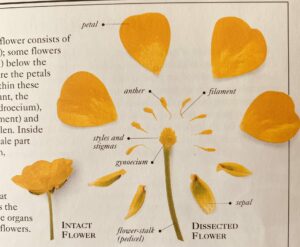 local wildflowers and medicinal herbs?
local wildflowers and medicinal herbs?
A really important and useful tool to have is a plant key. There are many, many books on the subject and we started off by going to the local library and taking out as many as possible, finding the ones we liked the best.
The most important thing when you’re picking plants is that you feel 100% certain that you’ve got the right one.
If you are interested in this branch (pun intended) of herbalism, we highly recommend – the textbook Botany in a Day. This beautiful book will help you to identify over 45,000 plants that can be found around North America and Europe.
Our Local Environment
The environment in which we live and work in personally, our home and garden, our local wild spaces, is an ecosystem in itself. We interact with our environment and each and every living part of that system affects us and we in turn affect it. Therefore, it makes sense for us to attempt to know all of the plants, trees, bushes and fungi in our home and our ecosystem. This knowledge serves to strengthen the integrity and health of this oh-so-important microcosm of ours. We start to care about our environment as part of our daily existence.
Our opinion is that best way of getting familiar with the plant world around you, is by utilising your sensory power of observation – literally spending time, looking, smelling, tasting and touching, drawing, dreaming, writing about and singing to the plants around you…. intuiting information that our ancestors knew as second nature. We can begin to see similarities between certain flowers and leaves, their shapes, their tastes and start to understand the categorisation of plant families.
Plant Ecology
Holism is the notion that all things are connected, and we are all part of a living sentient ecosystem – our Mother Earth! Learning more about the ecology of the herbs we are imbibing is an essential part of herbalism. Where do our beloved herbs like to grow and with whom? We often see herbs that like boggy damp conditions to grow in bit extremely useful for arthritic conditions (which are made a lot worse for wet weather). These herbs help to dry out the environments in which they grow, and therefore may also help to dry out our bodies.
Basic botanical features of plants:
Leaves: site of photosynthesis or food-making; usually found above ground.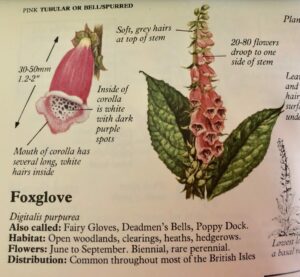
Flowers: flowers attract animals and provide nectar while completing the needed process of pollination.
Fruits: fruits protect and disperse the seeds inside.
Seeds: Seeds are fertilised plant ovums containing all the genetic material needed for full grown plant. They contain enzyme inhibitors that deactivate once planted.
Roots: absorption of water and minerals; anchorage of plant to the soil; usually found underground. Interact with mycorrhizae fed by 80% of the energy produced by photosynthesis in exchange for transferal of nutrients from the soil.
Stems: support of leaves, flowers, and fruits; transportation of water –minerals from roots to leaves; found above and below ground.
Rhizome: a modified under-ground plant stem that sends out roots and shoots from its nodes.
Whether your interest in botany is for fun, practical or academic reasons, this beginners guide to botany will put you firmly in the right direction. It’s so well worth finding ways to find out more about the plants that surround us. After all, we grow them, eat them, wear them, breathe in the oxygen they provide us and they play a valuable role in the earth’s ecosystem as an essential part of the biosphere. What’s not to love?
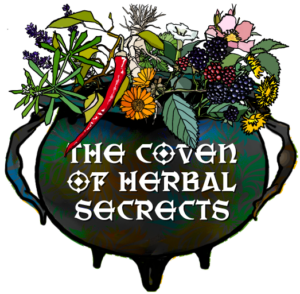
Don’t stop reading yet…!
If you want to know the differences between a taproot and a tuberous root, why not join our Coven? You’ll soon have access to our best resources while increasing your confidence and knowledge about the magic of herbs and become a Botany Geek, plus step by step guides to getting to know your plants better.
Our in-depth article, Botany Geek Out, covers:
- How Botany can help learning about herbal actions
- Functions of leaves and common leaf shapes
- Parts and functions of flowers
- The botany of fruit
- Types of Roots
- And much more!


